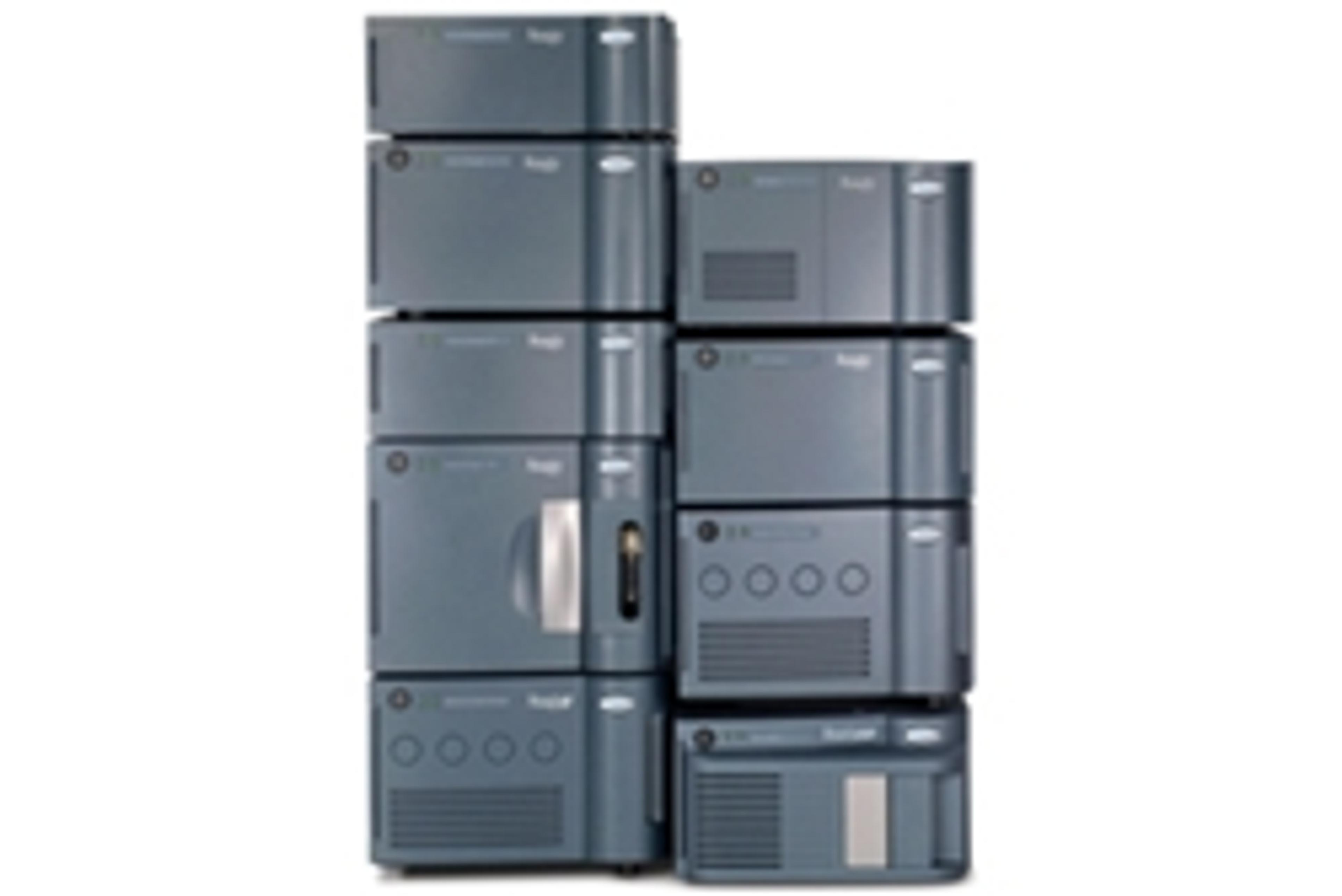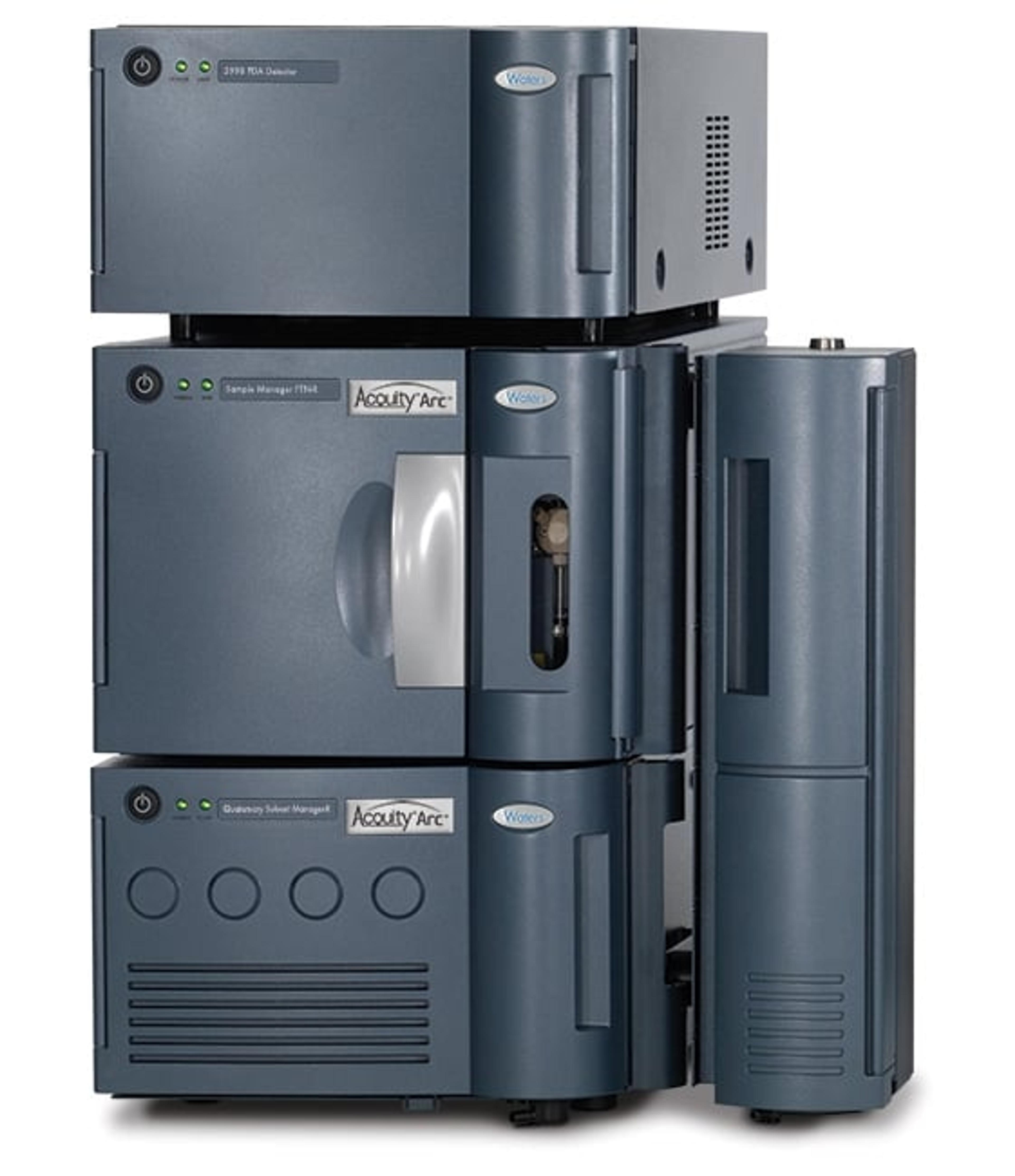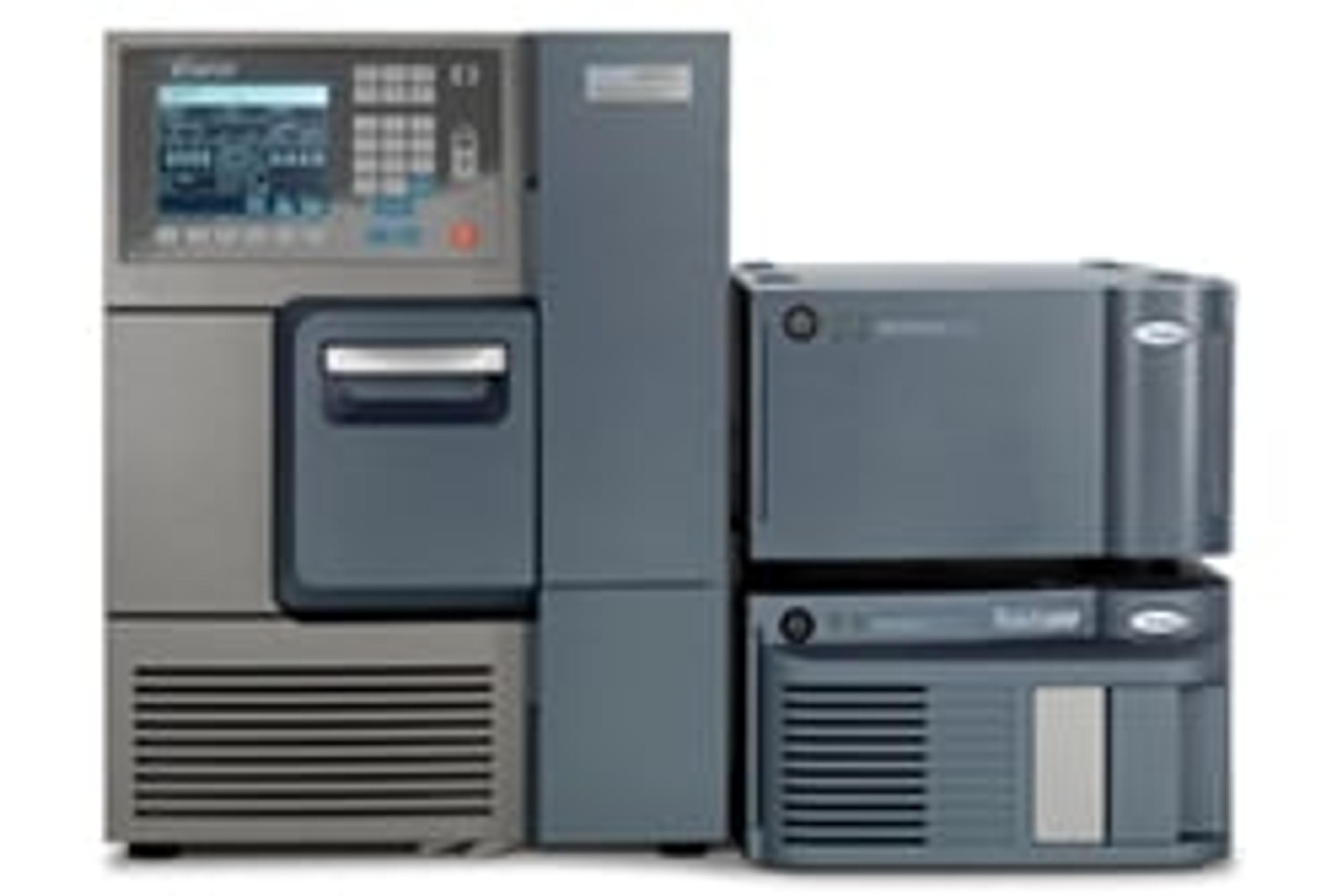What's The Right Liquid Chromatography System for You?
In this article, we compare quaternary LC systems to help you choose the best for your analysis needs
5 Mar 2018
When considering modern liquid chromatography (LC) systems, one of two styles of pump can be used to provide a mobile phase to the system - binary or quaternary. In quaternary pumping systems, a single pump can deliver the mobile phase and provides the flexibility of allowing up to four different solvents to be used, or mixed, at the same time.
Water's portfolio of analytical LC systems is designed to meet a variety of requirements for reliability, robustness and repeatability. In this article, we help you choose which system is best for your research needs.
Which LC system is right for your lab?
System Alliance HPLC System Acquity Arc LC System Acquity UPLC H-class System Description The time-tested, reliable workhorse for your HPLC separations - that isn't going away any time soon A versatile LC platform for laboratories in need of a solution to replicate or improve HPLC methods Run true UPLC separations and maximize the efficiency of your laboratory
Dispersion impact (relative)
Low Medium High Operating Pressure (psi) <6,000 6,000-15,000 9,000-15,000 Typical flow rate (mL/min)
<3
<2 <1 Optimal particle size (µm) >3.5 1.5-5 <2 Cost per sample (relative) High Medium Low Optimal column I.D (mm)
≥4.6
2.1-4.6 1-3 Separation efficiency
122
118 116 Retention time (min)
15
3.75 1.70 Initial cost of system Low Medium High Total cost of ownership/time High Medium Low Cost of solvent 9x more than UPLC 4x more than UPLC Low
In summary, choose:
- Alliance HPLC System – if you need a time-tested, reliable and flexible HPLC system that consistently delivers high performance.
- Acquity Arc LC System – for a versatile LC platform with the robustness to bridge the gap between HPLC and UPLC, while continuing to support validated assays.
- Acquity UPLC H-class System – to invest in your laboratory’s future, by gaining the highest resolution of any quaternary LC system, and improving efficiency by scaling up to UPLC technology.
Want to read more articles like this, and have full access to all of our webinars, eBooks, application notes and videos?



